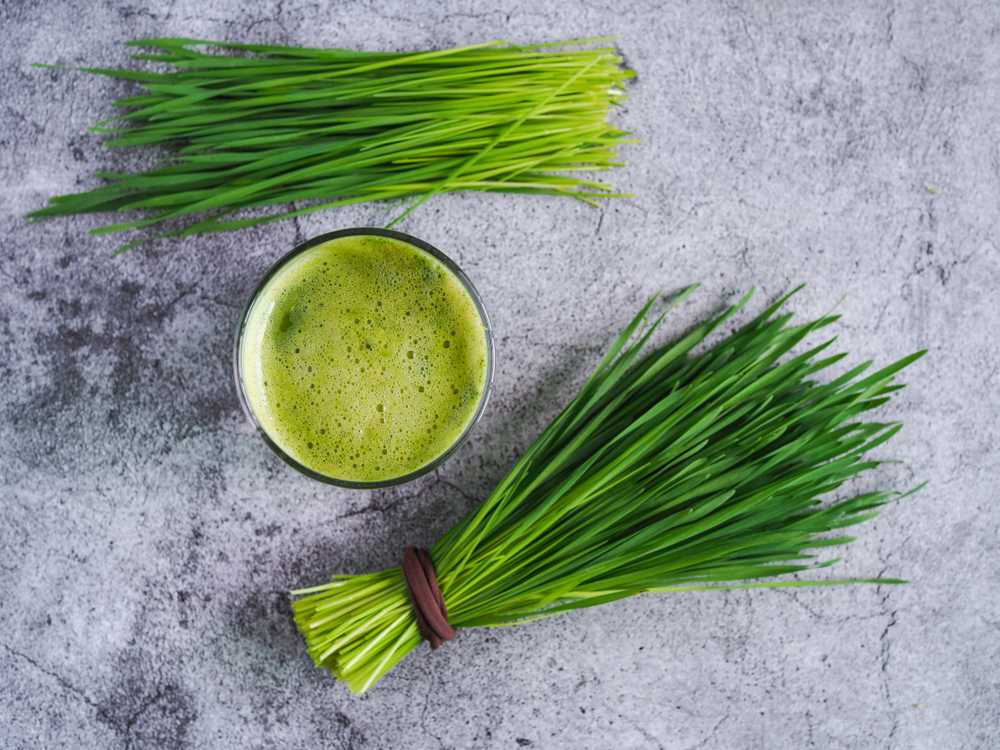Wheatgrass, often lauded for its myriad health benefits, is a young grass of the wheat plant, Triticum aestivum. Consumed primarily in juice form or as a powder, its flavor profile captivates some while deterring others. Understanding what wheatgrass tastes like involves delving into its unique flavor characteristics, the varying forms in which it can be consumed, and the health benefits that come with it. This exploration seeks to demystify the taste of wheatgrass, juxtaposing its flavor against its health claims.
First, it is essential to establish the basic flavor profile of wheatgrass. Upon tasting, one may notice a distinctly earthy flavor, often described as fresh and slightly vegetal. This taste can evoke images of a lush, green pasture, resonating with the sensation of consuming freshly mown grass or a mix of garden herbs. Additionally, there’s a noticeable hint of bitterness, akin to the aftertaste of certain leafy greens. Such dimensions lead to the question: is this pleasant or off-putting?
While some individuals might find the flavor refreshing and reminiscent of nature, others may consider it too intense or akin to chewing on the greenery of their backyard. Wheatgrass’s taste can also vary depending on its freshness. Freshly juiced wheatgrass tends to have a more vibrant flavor, more balance, and less pronounced bitterness compared to older, powdered forms. Some aficionados recommend consuming it immediately after juicing to fully experience its zest.
The method of consumption can substantially influence one’s taste experience. Wheatgrass can be enjoyed in various forms: smoothies, shots, or as an additive in juices. Each medium allows for diversification of flavors. For example, pairing wheatgrass with fruits like apples or citrus can temper its bitterness, creating a more palatable blend. Such combinations emphasize the health benefits of wheatgrass while catering to those wary of its raw taste.
Furthermore, the phenomenon of taste can be subjective, influenced by individual preferences and previous experiences with herbal and green flavors. Those accustomed to herbal teas or robust greens may find wheatgrass’s taste less alarming than someone who predominantly consumes sweeter foods. Palate acclimatization plays a significant role; with repeated exposure, many grow to appreciate its unique attributes.
In addition to flavor nuances, health claims surrounding wheatgrass contribute significantly to its allure. Wheatgrass is rich in nutrients; it contains an impressive array of vitamins, minerals, and antioxidants. Particularly notable are its high levels of vitamins A, C, and E, as well as amino acids and chlorophyll. These components are touted for their potential benefits in detoxification, enhancing immunity, and overall well-being.
Chlorophyll, in particular, has garnered attention for its purported anti-inflammatory and detoxifying properties. While scientific research is still unfolding in this arena, many proponents assert that chlorophyll-rich foods may lead to improved health outcomes, including better digestion and enhanced energy levels. However, the dialogue surrounding these claims necessitates a balanced perspective; one must recognize that wheatgrass alone cannot guarantee health improvement without a holistic approach to diet and lifestyle.
When considering the juxtaposition of health versus flavor, one must acknowledge the challenges presented by the intense taste of wheatgrass. For those who appreciate the health benefits and are determined to incorporate it into their diets, there are numerous strategies to mask or enhance the flavor. For instance, adding a splash of lemon or a spoonful of raw honey can offset the bitterness, creating a harmonious blend that showcases both the health advantages and a more enjoyable taste.
The market has also evolved to meet diverse taste preferences. Numerous products now feature wheatgrass in formulations that focus on improving flavor while preserving nutritional integrity. Wheatgrass capsules or powders are popular among those who find the taste of fresh juice undesirable. These products allow for convenient consumption without the immediate confrontation of flavor. However, some purists argue that dehydrated forms may sacrifice delicate nutrients, emphasizing the importance of choosing high-quality sources.
Moreover, it is worthwhile to discuss the sensory experience of consuming wheatgrass. The vibrant green hue and the fresh aroma can stimulate the senses, potentially mitigating any initial displeasure from its taste. This aspect highlights the multi-dimensional experience of consuming health foods, as emotional and sensory factors intertwine to shape our overall perception of flavor.
In conclusion, wheatgrass presents a nuanced exploration of health versus flavor. While its earthy and vibrant taste may not appeal to everyone, innovative consumption methods can enhance its appeal. The health benefits attributed to wheatgrass provide ample motivation for individuals to explore beyond their initial taste aversions. Thus, for those willing to venture into the green, wheatgrass cultivates a nutritious addition to a balanced diet, inviting both the adventurous and the health-conscious to discover its depths.

